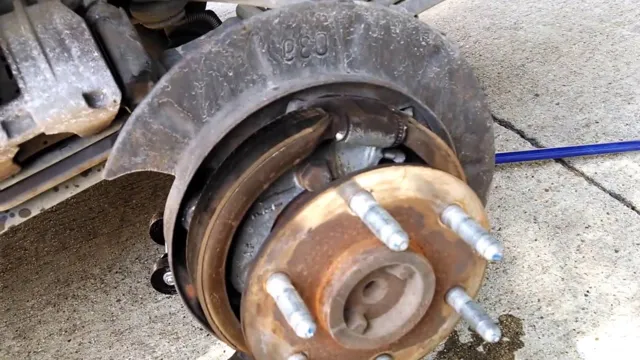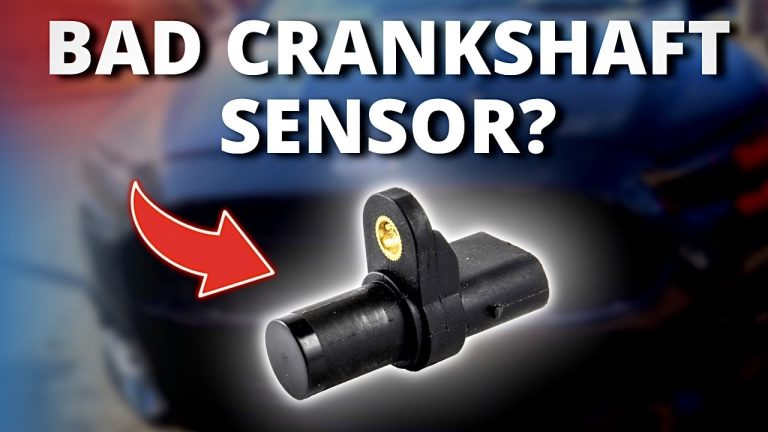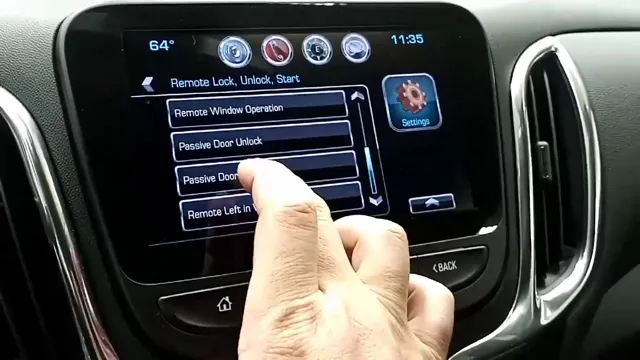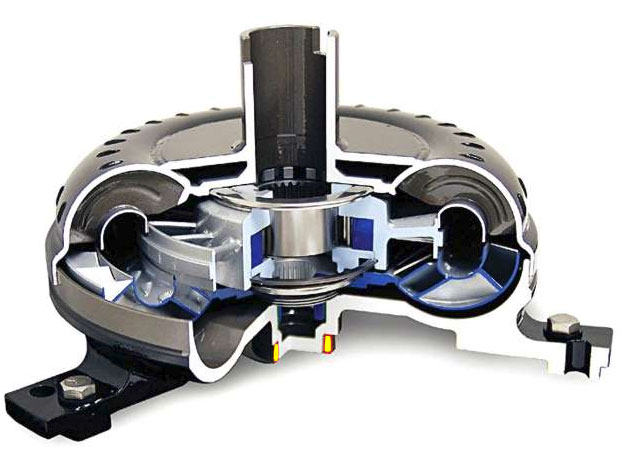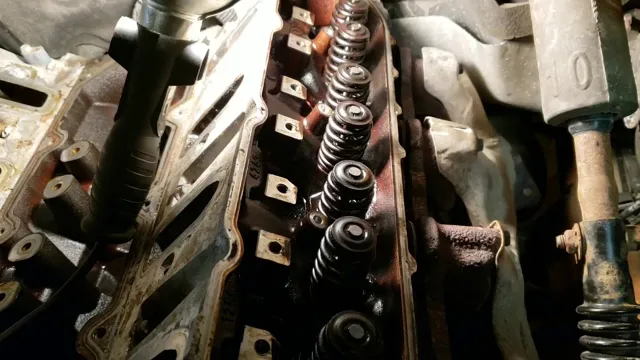Smoothly Disengage 4 Wheel Drive on your Chevy Silverado: A Step-by-Step Guide
Taking your Chevy Silverado off-road is an incredibly rewarding experience, especially when you engage 4-wheel drive (4WD) to tackle challenging terrain. However, disengaging 4WD can be a confusing and frustrating process for even the most experienced drivers. Have you ever found yourself stuck in 4WD and unsure of how to disengage it? Fear not, because we’re here to guide you through the process step-by-step.
Whether you’re a seasoned off-roader or a first-timer, our comprehensive guide will show you how to disengage 4WD in your Chevy Silverado with ease. So, let’s get started and get back on the road!
Check Driving Conditions
If you’re driving a Chevy Silverado with 4-wheel drive engaged, you might find yourself in a situation where you need to disengage it to ensure safe driving conditions. The first thing you should do is check your driving conditions. If you’re driving on dry, flat surfaces, you don’t need to use 4-wheel drive, and it’s best to disengage it.
When driving on wet, slippery, or uneven terrain, you may need to use 4-wheel drive to maintain control and traction. In this case, it’s important to pay attention to your vehicle and the driving conditions, and disengage 4-wheel drive once you’re back on flat, stable ground. To disengage 4-wheel drive on a Chevy Silverado, you’ll need to shift the transmission into neutral, then switch the 4-wheel drive selector to the 2-wheel drive position.
With these steps, you can safely disengage 4-wheel drive and ensure smooth driving on any road.
Ensure you are on a flat surface and truck is stationary before disconnecting 4WD settings.
When it comes to driving on rough terrain or unfavorable weather conditions, the 4WD system in your truck can be a lifesaver. But before you disconnect it, it’s crucial to check the driving conditions. Remember, the 4WD system is designed to provide better traction and stability on slippery or uneven surfaces.
Therefore, if you’re driving on smooth and dry roads, you don’t need to engage it. Moreover, if the roads are icy, snowy, or muddy, it is best to keep the 4WD settings turned on. It’s important to note that the 4WD system can’t compensate for reckless driving or poor judgment.
Thus, it’s essential to drive cautiously and remain vigilant at all times. Remember, the toggle switch on your dashboard is not a substitute for good driving habits and common sense. Before you disconnect the 4WD settings, ensure that you’re on a flat surface, and the truck is stationary.
Failing to adhere to this step can cause serious damage to your vehicle’s drivetrain. Taking care of your truck’s 4WD system ensures that it will be ready for when you need it most.

Put the Car in Neutral
If you’re driving a Chevy Silverado with 4-wheel drive, it’s important to know how to disengage it properly. One common mistake people make is trying to shift while the vehicle is in motion or when 4-wheel drive is engaged. This can damage the drivetrain and cause costly repairs.
The best way to disengage 4-wheel drive is to stop the vehicle, put it in neutral, and then shift back to 2-wheel drive. This allows the gears to properly disengage and prevents any damage from occurring. It may seem like a simple process, but taking the time to do it correctly can save you a lot of headaches in the long run.
So, the next time you want to switch your Chevy Silverado from 4-wheel drive to 2-wheel drive, make sure to put the car in neutral first!
Shift the car to neutral to ensure the wheels are not engaged.
When you’re driving a car, it’s important to know what gear you’re in and what it means for your vehicle. Putting your car in neutral is a simple but essential step that can prevent accidents and damage to your car. When you shift into neutral, you’re essentially disengaging the gears, which means the wheels aren’t connected to the engine or transmission.
This is particularly useful when you come to a stop, as it takes the pressure off the engine and reduces wear and tear on key components. It also means you can take your foot off the clutch and brakes, making it easier to rest and relax while you wait for traffic to move again. So next time you’re driving, remember to shift the car to neutral to ensure the wheels are not engaged.
This simple step can save you time, money, and potentially prevent accidents.
Switch Transfer Case
If you’re wondering how to disengage 4 wheel drive Chevy Silverado, then you’re in the right place. The first step is to locate the switch transfer case, which is usually found on the left side of the vehicle’s transmission. Once you’ve found it, you can shift it into the two-wheel drive position to disengage the 4WD.
It’s important to note that you should only switch from 4WD to 2WD when the vehicle is in neutral and the brakes are applied. Failing to do so could result in damage to the transfer case or drivetrain. Additionally, if you’re driving on a slippery surface and want to engage 4WD, make sure to shift into 4WD while the vehicle is moving slowly to prevent any jarring or sudden jerks.
By following these simple steps, you can easily disengage and engage 4WD on your Chevy Silverado.
Shift transfer case switch from 4WD to 2WD.
If you’ve been driving around in 4WD mode and want to switch back to 2WD for better fuel economy, it’s important to know how to shift your transfer case correctly. First, make sure your vehicle is at a complete stop, then engage the clutch (if you have a manual transmission) or shift into neutral (if you have an automatic). Next, shift the transfer case switch from 4WD to 2WD and wait a few seconds for the transfer case to disengage before shifting back into drive.
It’s important to note that this process may differ slightly depending on the make and model of your vehicle, so be sure to consult your owner’s manual for specific instructions. By switching to 2WD mode, you’ll not only save on fuel but also reduce wear and tear on your vehicle’s drivetrain.
Restart the Truck
If you’re wondering how to disengage 4 wheel drive on your Chevy Silverado, then the first step is to restart the truck. Sometimes the system may get stuck, and a simple restart can reset it. Once you’ve restarted the truck, disengaging the 4 wheel drive is easy.
The process may vary depending on your truck’s year and model, but generally, you’ll need to shift the transmission into neutral, then turn the switch or knob from 4H or 4L to 2H. Some trucks have a manual transfer case, and you’ll need to shift the lever from 4H or 4L to 2H. Once the transfer case or electronic switch is in the 2H position, you can shift back into drive and drive away.
It’s important to note that you should only engage or disengage 4 wheel drive when your vehicle is stationary. Trying to shift while in motion can damage your vehicle and be dangerous. In summary, to disengage 4 wheel drive on your Chevy Silverado, restart the truck and follow the appropriate steps for your vehicle’s model.
Restart the truck for the setting to take effect.
Restart the truck So, you’ve just made changes to the settings of your truck; now, the final step to ensure that the changes take effect is to restart the truck. Restarting the truck is a simple process, yet it may require a few steps that some drivers could skip. This is why it is essential to remind all drivers that restarting the truck is an essential part of making any changes to the system.
When you restart the truck, it gives the truck’s engine control module (ECM) an opportunity to recognize the changes that were made to the truck’s settings. By restarting the engine, the truck’s computer can acknowledge the changes, and the truck can operate optimally with the new settings. Failure to restart the truck can cause the previous settings to linger and the new settings not to take effect.
So, remember always to restart the truck after making any changes to the settings, and enjoy optimal performance while on the road.
Test the Disengagement
If you’re driving a Chevy Silverado with four-wheel drive, it’s important to know how to properly disengage it when you no longer need it. In some situations, keeping your vehicle in four-wheel drive can cause unnecessary wear and tear on your tires, suspension, and drivetrain. To disengage four-wheel drive on a Chevy Silverado, start by bringing your vehicle to a complete stop.
Then, shift into neutral and switch the transfer case back to two-wheel drive mode. Once the transfer case is in two-wheel drive, you can shift your vehicle back into drive and continue down the road. Remember, it’s important to only use four-wheel drive when necessary, and to disengage it as soon as possible to prevent damage to your vehicle.
Drive the truck for a few feet to ensure the 4WD is disconnected.
When it comes to 4WD, it can be tricky to ensure that it’s fully disengaged when you don’t need it. That’s why it’s important to do a quick test after you’ve switched to 2WD. One way to test this is by driving your truck for a few feet, to make sure the wheels are turning freely without any resistance.
This will give you confirmation that the 4WD is successfully disconnected and you can proceed with your regular driving. It’s always better to be safe than sorry, especially when it comes to your vehicle’s performance and safety. By taking these extra steps, you can avoid potential issues down the road that could cause damage to your car or put you and your passengers in danger.
So next time you’re switching from 4WD to 2WD, take a moment to test the disengagement and drive with peace of mind.
Final Thoughts
Disengaging the 4-wheel drive on a Chevy Silverado might seem intimidating, but it’s actually a straightforward process. First, make sure the vehicle is in neutral and the engine is idling. Then, simply shift the transfer case into 2-wheel drive mode.
Some Silverados have a manual shift lever, while others come equipped with an electronic control knob. Refer to your owner’s manual for specific instructions on your model. Once you’ve shifted into 2-wheel drive, you may need to drive the vehicle a short distance for the disengagement to take effect.
It’s also recommended to engage 4-wheel drive occasionally to ensure the system stays lubricated and functional. Remember, proper maintenance and understanding of your vehicle’s features is crucial for safe and efficient operation.
Follow these steps to quickly and efficiently disengage 4WD on your Chevy Silverado.
If you are driving your Chevy Silverado in 4WD and are ready to switch back to 2WD, it’s important to follow these steps to disengage the system quickly and efficiently. First, take your foot off the accelerator and put the transmission in neutral. Then, shift the transfer case from 4HI to 2HI.
Wait a few seconds for the system to disengage before shifting back into drive. It’s important to disengage 4WD when driving on dry roads to prevent extra wear and tear on the system and improve fuel efficiency. Overall, it’s a simple process that will prolong the life of your Chevy Silverado and give you a smooth, safe driving experience.
Conclusion
Disengaging four-wheel drive on a Chevy Silverado is as simple as it gets. Just remember to follow these steps carefully, and don’t forget to congratulate yourself for successfully taming the beast. After all, it may take four wheels to get you up that steep hill, but sometimes all you need is two to get back down safely.
Happy off-roading!”
FAQs
What is 4 wheel drive on a Chevy Silverado?
4 wheel drive is a mode where all four wheels are powered and engaged to improve traction and handling in low traction situations.
How do I disengage 4 wheel drive on my Chevy Silverado?
To disengage 4 wheel drive on your Chevy Silverado, shift the transfer case into two wheel drive mode.
Can I switch my Chevy Silverado from 4 wheel drive to 2 wheel drive while driving?
Yes, you can switch your Chevy Silverado from 4 wheel drive to 2 wheel drive while driving, but it is recommended to slow down to a safe speed before doing so.
Why is my Chevy Silverado stuck in 4 wheel drive?
There could be various reasons why your Chevy Silverado is stuck in 4 wheel drive, such as a malfunctioning transfer case, a damaged front axle, or a faulty shift motor. It is best to consult a mechanic for proper diagnosis and repair.


